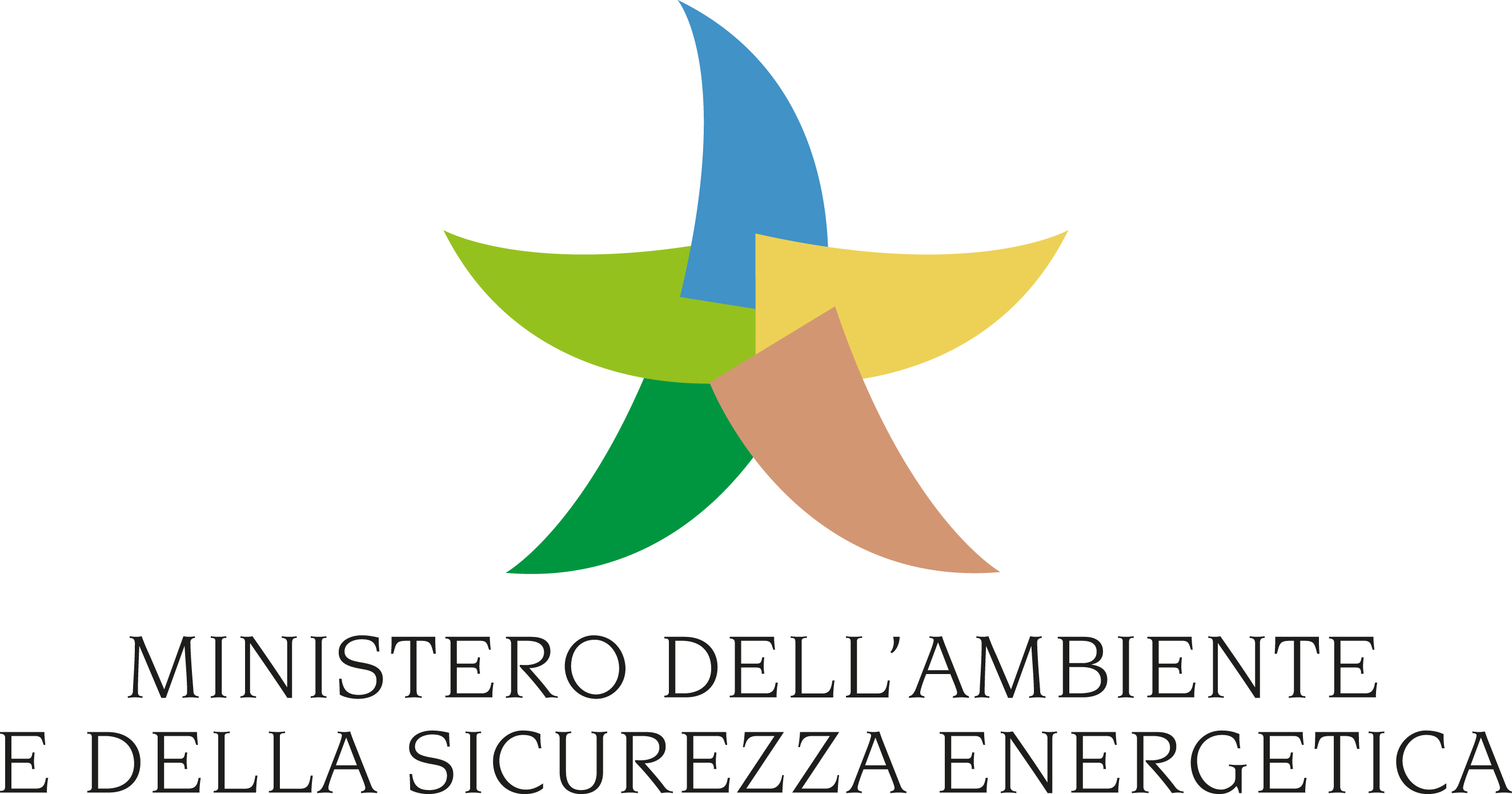
What happens when youth from different parts of the world connect online to discuss a topic they’re all passionate about?
An influx of ideas? An increase in empathy? A spark of hope?
The answer is all of the above, as we learned firsthand attending the Youth Networking Session jointly organized by the Global Youth Climate Network, the Global Partnership for Education (GPE), and Connect4Climate as part of the Max Thabiso Edkins Climate Ambassador Program (MTECAP) on 24th April 2023.
During this session, the 2023 MTECAP cohort had a chance to network, engage, and brainstorm creative ideas with GPE’s Youth Leaders – a group of young education activists based in GPE partner and donor countries working to eliminate barriers to education and push world leaders to finance needed education and development projects. This great meeting of minds, which brought together youth from over 140 countries, was premised on the fact that climate education and climate action are inextricably linked.
Without further ado, let us walk you through this virtual journey of insightful discussions, diverse perspectives, and equally diverse solutions, where climate education and intersectionality took center stage. We had a blast exploring the multifaceted role of education in: facilitating youth leadership, helping them develop novel climate solutions, and empowering them to level the playing field and assert their right to climate justice.

#1 The Birth of a Hero
Our biggest takeaway from this event was the ability of climate education to act as a superpower for up-and-coming young leaders, allowing them to truly soar and take their climate action to the next level. What we didn’t realize going in was the amount of work needed to effectively achieve such education. Establishing a centralized platform for information sharing isn’t easy, nor is getting climate principles comprehensively integrated into classroom curricula.
One of the key institutions rising to these challenges is UNESCO’s Education for Sustainable Development (ESD), which has developed an ESD for 2030 toolbox to provide a growing collection of resources to assist regional and international stakeholders in developing educational activities to help build a juster, greener, and more sustainable world.
#2 Every Hero Needs a Sidekick: The Role of Digital Influencers
In today’s world, content creators have an unprecedented opportunity to connect with young people through social media and empower them to take climate action. To optimize their impact, influencers can craft content that is not only informative but also captivating, using eye-catching visuals and messaging tuned to their target audience. Playing to the strengths of their platforms, creators can channel their voices to raise awareness of the urgency of the climate crisis and encourage their followers to take tangible steps in response, from participating in clean-up campaigns to contacting their elected officials.
Content creators can also partner with environmental organizations to reach even wider audiences with their climate-positive messaging and create unique new opportunities for collaboration. With their creative vision and social media savvy, influencers have the potential to inspire a new generation of climate activists and make a meaningful impact on the future of our planet.
#3 New Superpower Unlocked: Improved Mental Health
It’s well-established at this point that the climate crisis is having an adverse impact on psychological well-being, particularly that of young people around the world. Youth who have been directly affected by climate disasters are especially prone to anger, anxiety, depression, and guilt. But what does climate education have to do with this?
Well, given that most young people spend a lot of their time at school and look to their teachers for guidance, climate education can serve as an effective means of enhancing children's mental preparedness for climate disasters and giving them techniques to recognize and mitigate their climate anxiety. Incorporating climate knowledge in the curricula as well as scheduling regular informational sessions on worthwhile ways to combat the climate crisis could go a long way toward dispelling hopelessness and transforming anger into meaningful action.
#4 Injustice and Apathy Are the Archvillains
Despite the great potential of climate education to inspire a new generation of climate leaders, it’s currently hampered by the injustices embedded in our systems. Currently, the dissemination of climate knowledge remains limited to higher-income countries in the Global North, and the content is overwhelmingly English-language. This renders climate knowledge inaccessible to those who need it most: young people on the frontlines of the crisis.
Moreover, where climate education is accessible in schools, it’s often entirely optional and only surface-level, laying out the causes of climate change but doing little to expose students to solutions or motivate action on their part. What we would like to see instead is a hands-on approach to climate instruction including field trips to climate-affected areas and to businesses and organizations prioritizing the preservation of our natural resources. Green career fairs could then capacitate students to act on what they’ve learned and make a positive impact themselves.
We also discussed the challenges of gender inequality, agreeing that ensuring the inclusion of women and girls as equals in climate education must be a top priority, as they have unique experiences of climate impacts and vital skill sets to bring to bear in the fight against climate change. A focus on girls' climate education is especially important because climate impacts are not gender-neutral. Women and girls who face climate-related disasters are statistically the most vulnerable in terms of health, security, and access to resources. Inclusion of women and girls in climate education has the power to make a real difference here.
Fighting for equity in girls’ education means fighting for their chance to acquire the skills needed to take meaningful climate action in their communities. There can be no climate justice until girls and women are empowered to make informed decisions about their safety, well-being, and futures.
Moving towards inclusivity also means both incorporating the perspectives of indigenous communities into climate policy and safeguarding their vital knowledge. Such communities are directly and disproportionately affected by climate change and bring to the table generations’ worth of observations on the natural world. We must prioritize the unique needs of indigenous communities, respect the resources they bring to the table, and be proactive about putting their solutions into practice.
By the end of the networking session, we ambassadors called for:
- the development of country- and community-specific approaches to improving climate education based on comprehensive surveying and statistical analysis to understand education gaps and decide on appropriate remedies.
- the implementation of mandatory, inclusive, and active climate education alongside green jobs programs with which to empower students.
- the establishment of a robust framework of public-private partnerships to kick-start climate education projects and the transfer of necessary technology.
- an emphasis on bringing climate education and action programs to those countries hit hardest by climate impacts as a means of converting hopelessness to high-impact advocacy and committed action.
- support for girls’ access to education, which will empower them to take the reins on climate action in their communities.
- recognition of the unique needs of indigenous and marginalized communities, as well as the formulation of comprehensive plans to incorporate their vital perspectives into climate policymaking and to ensure the equitable allocation of resources.
#5 Everyone Has a Part to Play: Including You!
After reading this article, you might be wondering how you can get involved in youth networks like ours and take the next step in your own climate journey — we certainly hope so!
The internet’s greatest blessing is its elimination of geographical distance as a barrier to collaboration, and happily, more and more organizations are recognizing the importance of young people’s perspectives on climate and are actively carving out new spaces on the internet where young people can pool their ideas and forge new partnerships. Here are some tips we hope will help you on your personal quest to learn more about climate issues and change the world for the better:
- Join organizations and initiatives such as the Global Shapers Community, the Climate Reality Project, the Global Partnership for Education and the Global Schools Program.
- Enroll in programs such as MTECAP (the one we’re a part of!) and the Common Futures Conversation.
- Use social media to your advantage and found a network of your own instead of relying on an established body. It could be as simple as a LinkedIn group for brainstorming and executing climate actions in your community.
- Take the in-person networking approach of Reem Al Saffar, who leveraged her presence in regional and international fora to convene like-minded people and form the MENA Youth Network, an organization amplifying diverse young voices from across the MENA region.
With so many avenues to choose from, the world is truly your oyster! Never underestimate the power of a network of passionate innovators united in their resolve to make a difference.
The interplay of diverse perspectives and ideas is what will ultimately enable us to identify local and global solutions that work. To improve education in our communities, we must come together and learn from the mistakes of the past, hearing each other out and identifying the most effective tools with which to equip future generations of climate heroes.
The time for action is now — and it is only through genuine commitment, collective effort, and the inclusion of all voices, particularly those of women and indigenous peoples, that we can respond adequately to climate impacts. Let’s seize the momentum generated by this networking event and work together to create an inclusive and equitable world where those hit hardest are at the forefront of climate action!


